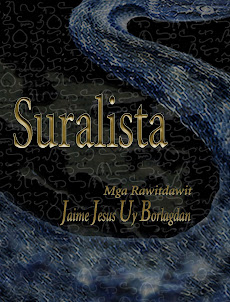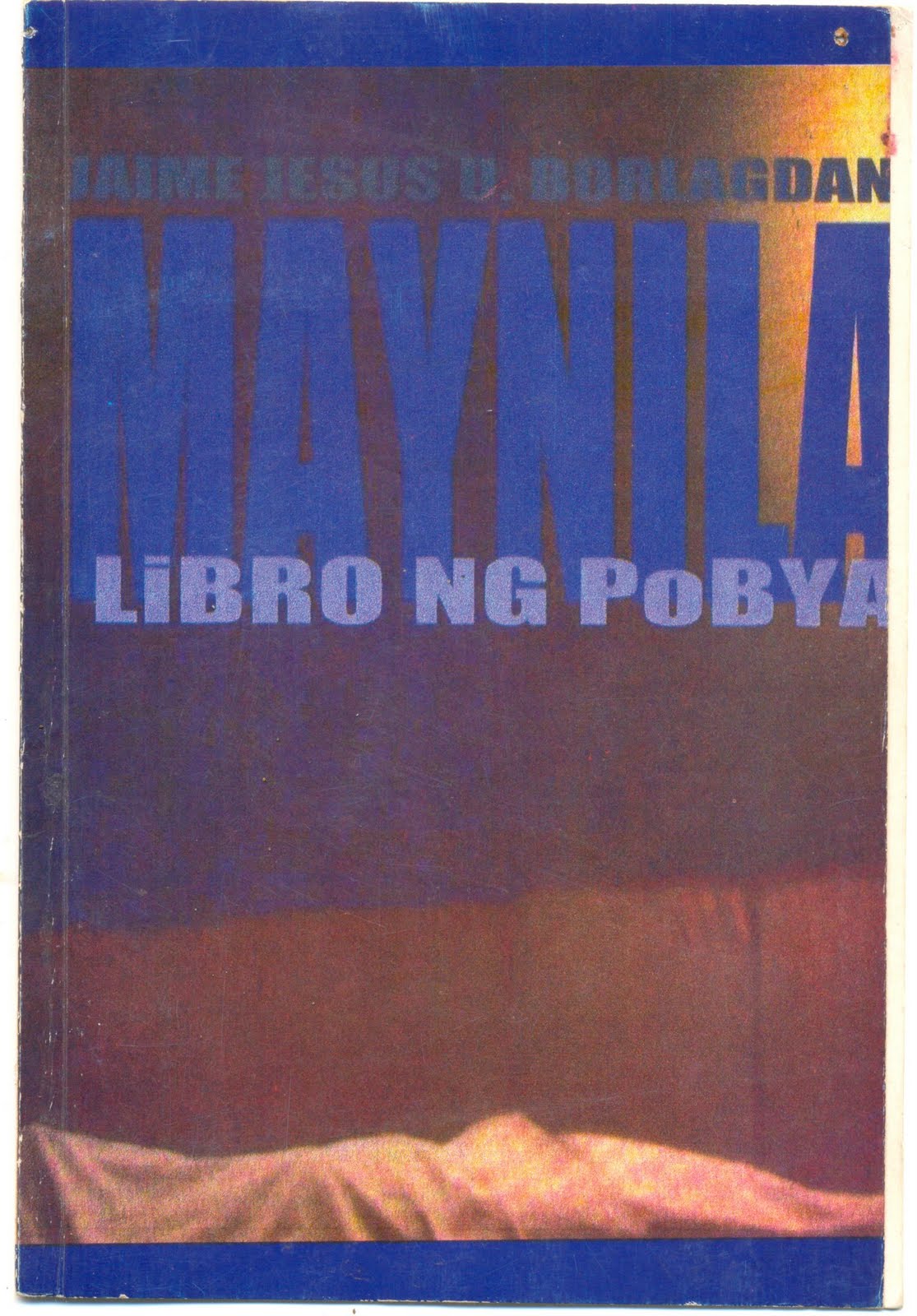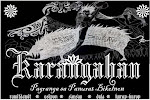Sinurat para sa kaaldawan ni Caren ngonian na Hulyo 8, 2010.
Pakamata niya buda nahiling niya an bagong lalang sa saiyang atubangan, huna niya nakadungaw siya sa tubig. Pero dai man ki tubig; itinao na saiya su pighahagad niya kan boses sa panganoron. Dai ining kaagid sa mga pig-aataman niyang mga hayop sa natad, kundi mas kaarog siya. Inapod niya ining BABAYI, buot sabihon hali ini saiya.
Igwa na siyang kairiba; dai nang mga banggi kan ori pag an lambang ataman niyang hayop magkapades na nawawara sa diklom. Igwa na siyang kairiba.
Laen sa pagmangno niya sa saiyang mga ataman na piggigiyahan niya kun sain maduman, mati niyang nagkakanigong buhian sana an babayi sa kun ano an muya kaining gibuhon. Pighihiling niya sana ini sa harayo; ini sana kaogmahan na para saiya. Pero bilang matua sa lugar na ito, linibot niya man su babayi sa natad. Itinuro niya su gabos na apod sa mga hayop buda tinanom. Buda mala natanaan niya na an gabos na namit, pinatana niya sana sa babayi su masiram buda pwedeng karaonon na prutas buda dahon—may nalingawan siyang unabihon.
Nag-ogma sinda sa lambang saro, saksi diyan an mismong tataramon na pigheras-herasan ninda sa magdamlag na huron sa irarom kan mga bituon. Daing iba para sainda kundi sinda, duman sa lugar kun sain gabos madali buda magayon.
Kaya sarong aldaw, kan itinangro saiya kan babayi an dai dapat na bunga sa kahoy na rimuranon—daing pagkaaram, solamenteng sa kamawotan kaining iuli an nakukuang pagmakulog—inako niya ini, dawa hudong, ta dai niya kayang raoton sa pagsayuma an enot na pagpahiling kan babayi ki pagpadaba.
Mantang naglalakaw sinda paluwas sa enkantadong natad na saindang minundagan kun sain gabos makulor buda ma-ogma, pasiring sa mara buda marumirom na rona kun sain may kagadanan buda pagsakit, pinahiling niya sa babayi na dai siyang pagbasol na iuli sa boses sa langit an buhay na daing kasagkodan, na dai siya nauraw sa nawara nindang ulian. Sa hampang kan daga na kaipuhan nindang bungkalon, sa kadlagan na kaipuhan nindang pagaruon, nagibo niya pa, sa pagpara sa hadit kan babayi, na umulok buda sabihon na magayon an mabuhay. Ta sa pagkamuot baga nakaukod sinda, arog satuyang nakaukod sainda, kun pano magbilog ki paglaom, naukdan nindang hanapan na sana ki gayon, kaysa basulon, an mga dai na kayang salbaron.









0 comments:
Post a Comment